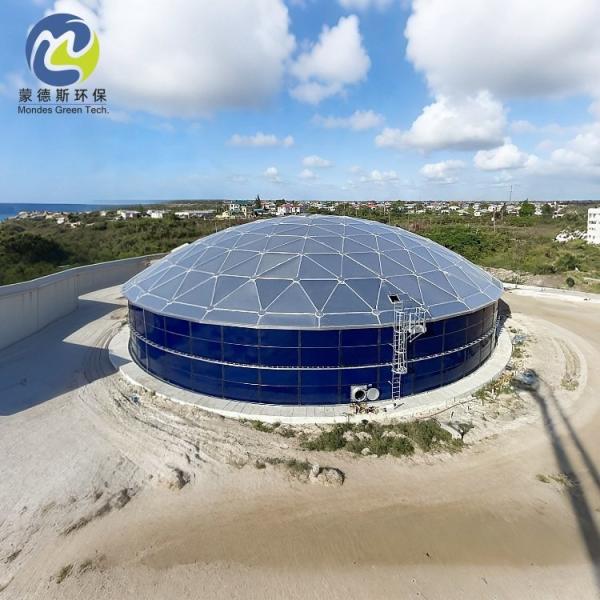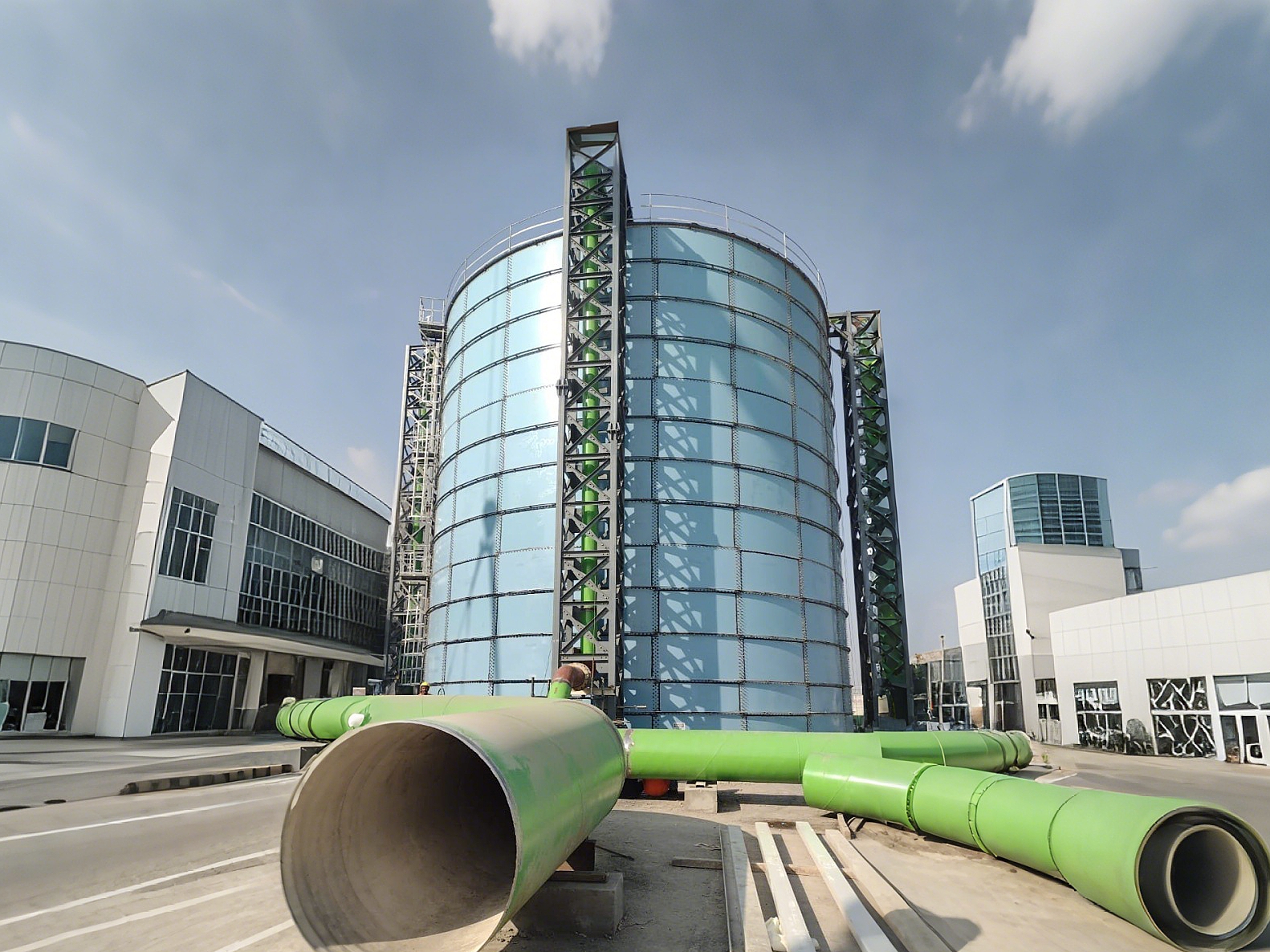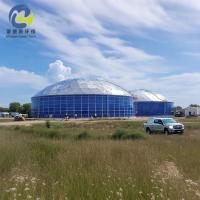Founded in 2015, Sichuan Mondes Green Technology Co., Ltd. stands
proudly in Chengdu, the heart of Sichuan Province, a region
celebrated as "the Land of Abundance." As the cornerstone
subsidiary of Jiangxi Yitian Environmental Protection Equipment
Co., Ltd., Mondes has carved out an illustrious reputation in the
realm of environmental protection equipment manufacturing.
From its inception, Mondes has been unwavering in its dedication to
the meticulous research, precise production, and extensive
distribution of an array of high-quality, eco-friendly products.
Its product portfolio is nothing short of impressive, encompassing
Glass-Fused-to-Steel bolted tank, Fusion bonded epoxy bolted tank,
composition stainless steel bolted tank, double-membrane gas
holder, Lipp tank, Lipp machine, welded tanks, and more. Leveraging
its profound industry resource integration capabilities, Mondes
collaborates with numerous premier suppliers to expand its service
spectrum, offering clients an unparalleled one-stop solution that
caters to their every need. Additionally, Mondes provides a diverse
range of complementary products such as biogas generators, mixers,
biogas flares, aluminum geodesic domes, and others, ensuring
comprehensive support for projects of all scales and complexities.
In the domain of GFS bolted tanks, Mondes shines through its
masterful craftsmanship and stringent quality control systems.
These tanks exhibit exceptional durability, superior sealing
performance, and outstanding corrosion resistance, making them
well-suited for challenging environments like chemical storage,
wastewater treatment, and municipal water storage. The innovative
assembly design dramatically reduces installation time, empowering
customers to achieve cost savings and operational efficiency. The
FBE bolted tanks, with their advanced epoxy coating, offer
unparalleled protection against corrosion and wear, perfectly
aligning with the stringent requirements of industries such as fine
chemicals and food and beverages. The composition stainless steel
bolted tanks ingeniously blend the strengths of various materials,
with an internal stainless steel layer that endows the tank with
remarkable tensile and compressive strength. This ensures stability
and reliability even under extreme conditions, safeguarding against
deformation and damage while providing long-term secure storage.
The double membrane gas holders, leveraging cutting-edge membrane
technology and scientific design, not only store gas efficiently
but also ensure stability and safety, suitable for everything from
small-scale distributed energy stations to large industrial gas
storage projects. The LIPP tanks and LIPP machine, employing
advanced spiral steel tank manufacturing techniques, guarantee
structural integrity and facilitate rapid project implementation.
The welded tanks, crafted with meticulous welding processes, boast
beautiful and durable welds, standing as solid as bedrock, ideal
for complex industrial storage scenarios. The biogas generators,
mixers, torches, and aluminum domes are equally crafted to the
highest standards, providing steadfast support for the seamless
operation of environmental protection engineering systems.
Guided by the philosophy of "Green Technology, Guarding the
Future," Mondes drives forward with relentless innovation. It
boasts a world-class R&D team led by seasoned industry experts,
continuously investing in research and development to optimize
product performance and broaden application horizons. With a
premium product lineup and comprehensive after-sales service,
Mondes's offerings have garnered widespread acclaim both
domestically and internationally. They are widely applied in
critical sectors such as wastewater treatment, drinking water
storage, biogas engineering, energy storage, and industrial
material storage, earning the trust and admiration of global
clients. Mondes is steadily becoming a pillar of the environmental
protection and sustainable development industry, contributing
significantly to the preservation of our planet's ecology and the
advancement of sustainable development.














